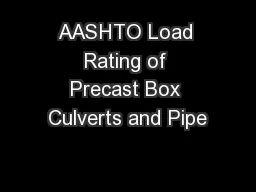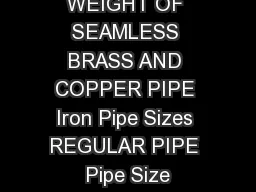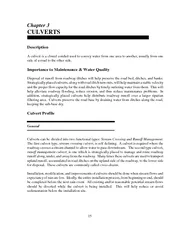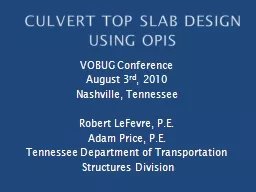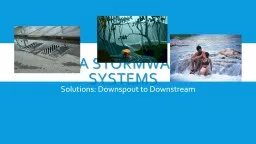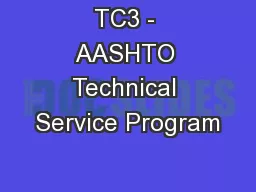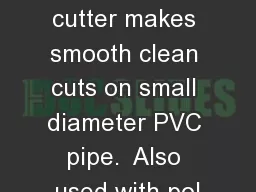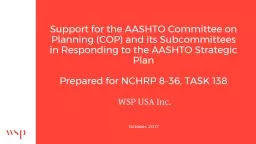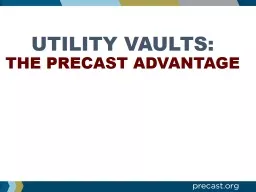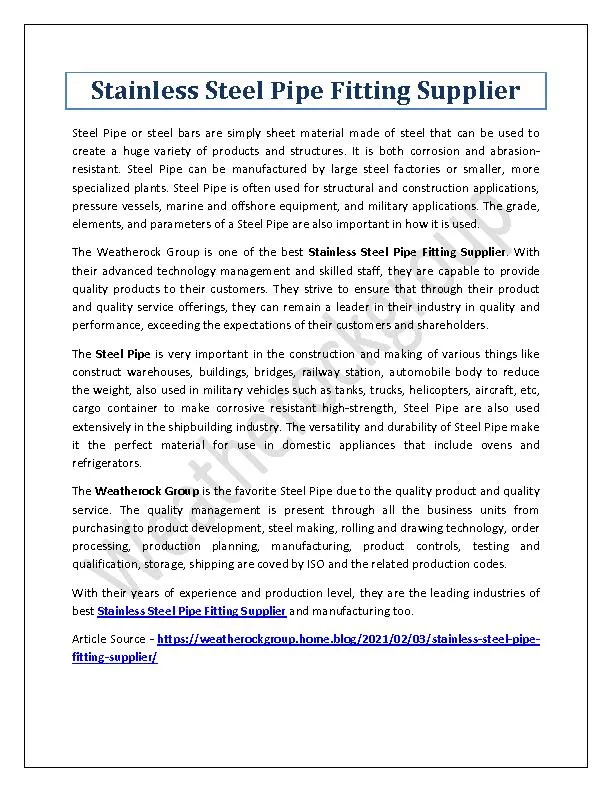PPT-AASHTO Load Rating of Precast Box Culverts and Pipe
Author : liane-varnes | Published Date : 2018-09-17
Josh Beakley January 2016 Load Rating of Bridges FHWA requires Load Rating of spans equal to or greater than 20 feet Some states require Load Rating of spans equal
Presentation Embed Code
Download Presentation
Download Presentation The PPT/PDF document "AASHTO Load Rating of Precast Box Culver..." is the property of its rightful owner. Permission is granted to download and print the materials on this website for personal, non-commercial use only, and to display it on your personal computer provided you do not modify the materials and that you retain all copyright notices contained in the materials. By downloading content from our website, you accept the terms of this agreement.
AASHTO Load Rating of Precast Box Culverts and Pipe: Transcript
Download Rules Of Document
"AASHTO Load Rating of Precast Box Culverts and Pipe"The content belongs to its owner. You may download and print it for personal use, without modification, and keep all copyright notices. By downloading, you agree to these terms.
Related Documents

